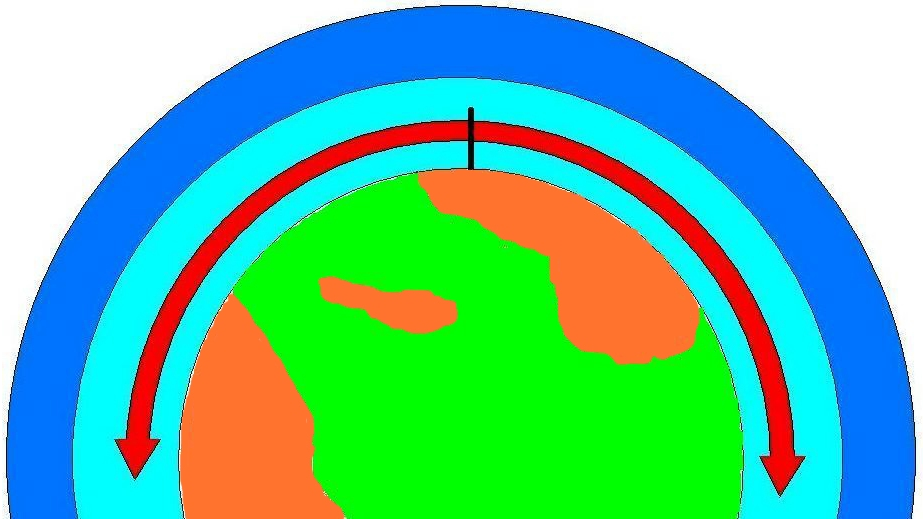
HF News
First, let’s take a look at last week’s solar activity. As predicted the solar flux index declined to be in the 160s. We had one X-class solar flare on the fourth and 11 M-class flares since January 4th at the time of writing. The net result was that the ionosphere was unsettled on the fourth to the sixth with the Kp index hitting five on the fourth and four on the fifth and sixth.
There were reports of visible aurora over the UK on Saturday the fourth, but it was nothing like last April’s record-breaking aurora.
There were CMEs over this period, but they were mainly facing away from Earth. Maximum Usable Frequencies held up over this period, although the shorter days meant that the MUF over a 3,000km path didn’t stay above 28MHz for long after sunset, plummeting to below 10MHz by 1800hrs UTC on Sunday the 5th.
The message is clear – get your high-band DXing done by sunset!
Next week it looks like the Sun is going into hibernation. The main sunspots will be disappearing over the western limb, leaving it looking a little bare. As a result, NOAA predicts that the SFI will remain low until the 16th when it is predicted to climb once again into the 200s.
Unsettled geomagnetic conditions are forecast for January 16-20 with a predicted maximum Kp index of four. There are currently no coronal holes to worry about.
So in conclusion, this weekend (the 11th and 12th) looks set to be reasonable for HF, barring any X-class solar flares and accompanying CMEs. We predict that MUFs over 3,000km will be above 28MHz from around 0900hrs UTC to 1500hrs UTC.
VHF and up
We are in the middle of a proper winter cold spell as this bulletin is bring written on Wednesday evening and we are about to see a large high coming over the country.
This high is building in cold air and it means sharp frosts and perhaps some fog, so there’s a chance of patchy Tropo at times. Conditions may further improve as the high slips south after this weekend to allow milder moister Atlantic air in from the west to make a better job of the refractive index contrast across the inversion.
The solar conditions have remained interesting and produced a few aurora alerts, so we can probably benefit from watching the Kp index during the coming week.
Meteor activity has passed its early January peaks, and we are now sliding back into random meteor activity as our best options and, as you already know, these tend to be better just before dawn. Just one minor shower this week, the Gamma Ursae-Minorids is active from January 10 to January 22, peaking on the 18th.
We have mentioned Sporadic-E quite a lot recently for a winter commentary, but with the passing of the meteor activity, the chances reduce considerably and although limited activity may enhance the lower bands, it probably won’t feature in the usual high HF/VHF bands.
The Moon reaches maximum declination this weekend. Moon windows are long and peak Moon elevations are high. Path losses are also high and increasing all week. 144MHz sky noise is low all week.
